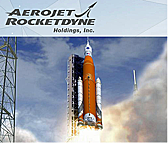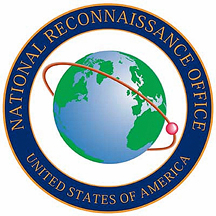
Aerojet Rocketdyne, Inc., a subsidiary of Aerojet Rocketdyne Holdings, Inc. (NYSE:AJRD), successfully supported the launch of a classified payload for the U.S. National Reconnaissance Office.

The mission, NROL-52, was launched from Cape Canaveral Air Force Station in Florida aboard a United Launch Alliance (ULA) Atlas V rocket. Aerojet Rocketdyne propulsion systems included the RL10C-1 upper-stage engine, two solid rocket boosters (SRBs), six helium pressurization tanks, and 12 Centaur upper-stage Reaction Control System (RCS) thrusters.
Aerojet Rocketdyne’s role in the launch began during liftoff when two SRBs ignited to provide 750,000 pounds of total increased thrust to launch the Atlas V rocket. (Each 67-foot-long, 5-foot-wide composite motor case contains more than 90,000 pounds of propellant, providing more than 375,000 pounds of liftoff thrust.) All Atlas V launches requiring extra boost have flown Aerojet Rocketdyne SRBs.
Aerojet Rocketdyne’s RL10C-1 upper-stage engine ignited after separation of the first stage to place the payload into orbit, helped by the Centaur RCS thrusters and pressurization tanks. The RL10C-1 delivers 22,890 pounds of thrust to power the Atlas V upper stage, using cryogenic liquid hydrogen and liquid oxygen propellants.
The RL10C-1 was developed from the RL10 family of upper-stage engines, which has accumulated one of the most impressive track records of accomplishments in the history of space propulsion. More than 480 RL10 engines have supported launches over the last 50 years, playing a vital role in placing military, government and commercial satellites into orbit, and powering scientific space probes on every interplanetary mission in our solar system.
The 12 MR-106 RCS thrusters are assembled in four rocket engine modules and provide pitch, yaw and roll control for the Centaur upper stage as well as settling burns prior to firing the RL10C-1 engine.
ARDÉ, a subsidiary of Aerojet Rocketdyne based in New Jersey, manufactures the pressure vessels on the first and second stages of the launch vehicle.

